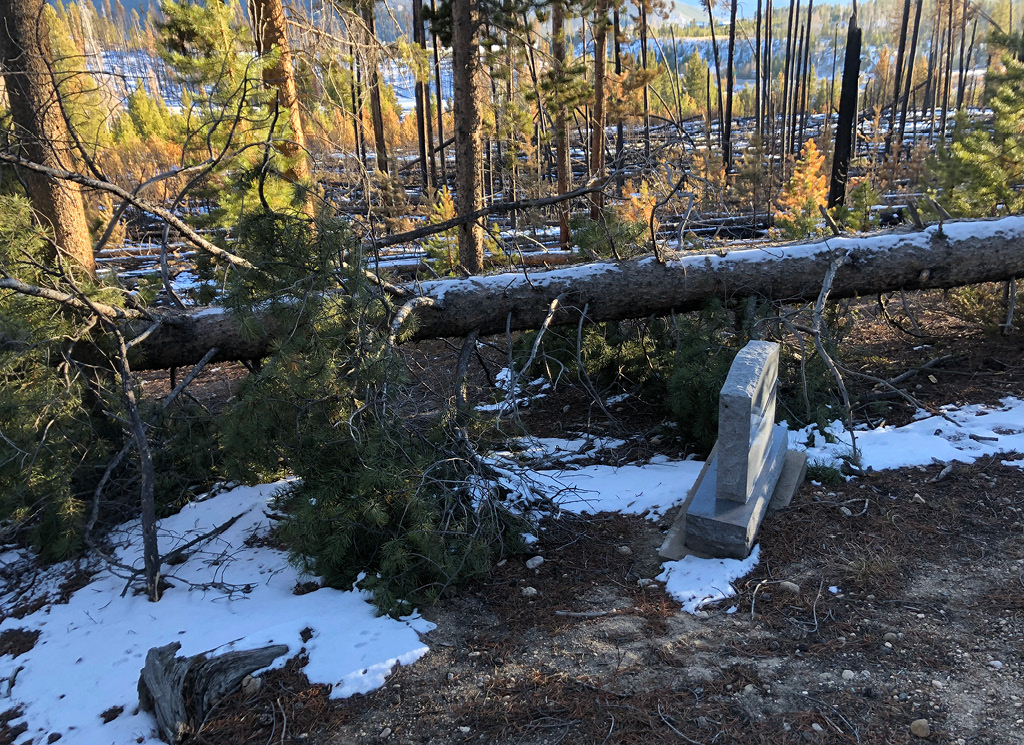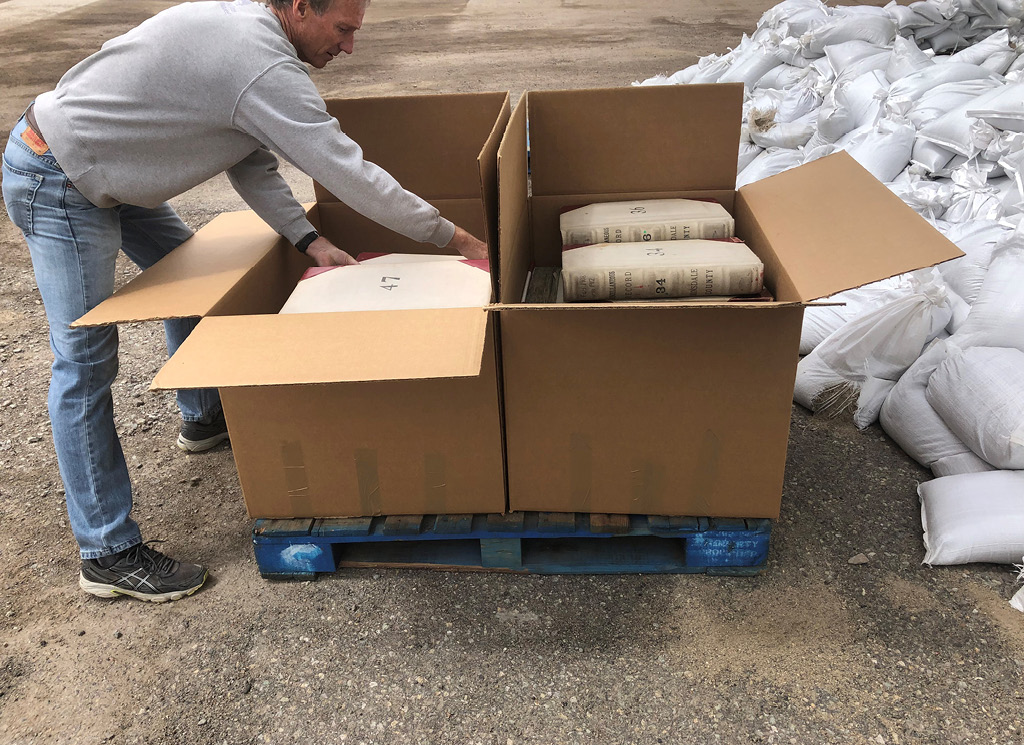2020 in Colorado? Then there were the Wildfires …
Update provided to Colorado Preservation by Carl Stewart, Colorado Cultural and Historic Resource Task Force
Upon hearing about a fire, a small group from Colorado Cultural and Historic Resources Task Force (CHR-TF) activates to determine if the fires threatened or damaged cultural resources. We mine zip codes, databases, email networks and the web for information. Contacts are made, winds blow and perimeters change. This important work takes place in the background while frontliners first address life safety, firefighting and property protection. We provide our information to the State Emergency Operations Center, especially after recovery begins. In the event of unmet expenses and needs, we may be able to help.
Through the State Archeologist’s office and State Historic Preservation Office, History Colorado retains a database of built cultural assets mapped statewide. Depending on the jurisdiction (private, State, BLM, or US Forest Service), sometimes we transmit this information to the firefighting front lines. The hope is that an obscure historic site is not, for example, needlessly used as a staging location by firefighting crews.
The 2020 fires destroyed some historic cabins. Rocky Mountain National Park, especially around the west entry, experienced the most severe loss in structures and sites. Since these structures are under federal jurisdiction with National Park Service (NPS), they are outside our State group’s scope. In addition to structures, an NPS-run cemetery in cooperation with the town of Grand Lake sustained damage from downed trees and is closed.


Amazingly, despite the historic size and intensity of the fires this year, it seems at this point we escaped extensive loss or damage to cultural resources, except those in Rocky Mountain National Park. But that does not mean we did not have some close calls. Collections were evacuated by Pioneer Village Museum in Hot Sulphur Springs in advance of the East Troublesome Fire. YMCA of the Rockies, both at Winter Park and Estes Park, evacuated some collections. Other collections were placed in safer storage, as some organizations discovered gaps in their emergency planning. The collecting community joined to support each other. For instance, the Greeley History Museum accepted some of the evacuated collections from the mountains.


It is important to remember that extinguishing the flames of these fires is often only the emergency’s beginning. The danger of landslides and floods from precipitation and runoff from fire scars extends the fire emergency. The CHR task force will continue monitoring these issues and serve as a resource for individuals or organizations needing assistance in preserving our state’s cultural resources.
To get involved and be a part of our network, sign up for the CHR-TF email list.
Cultural and Historic Resources Task Force is a 2017 Colorado Preservation, Inc. State Honor Award Recipient.



